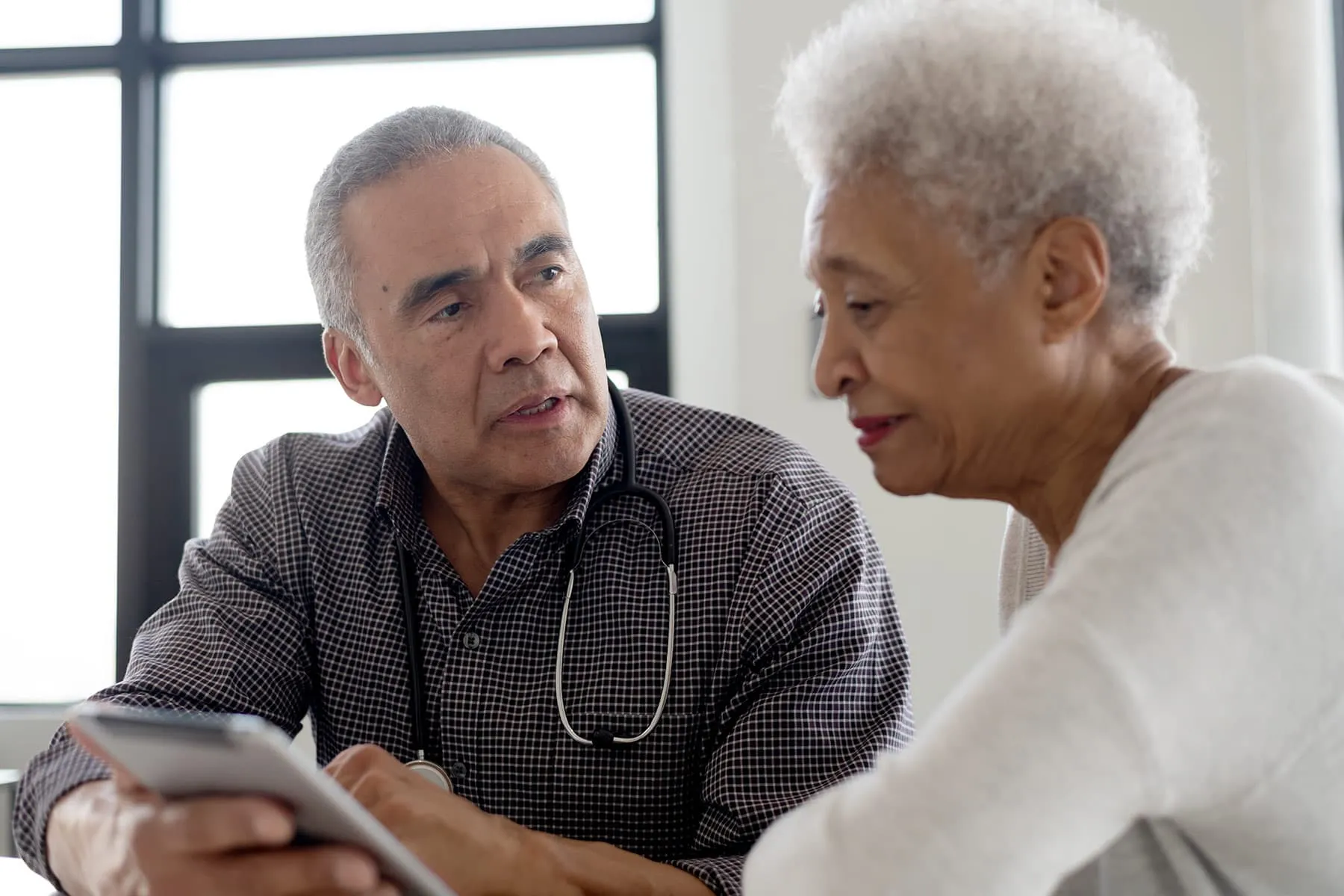[ad_1]
As WebMD’s chief medical officer, John Whyte, MD, is in a unique position to see both the current state of medical care for America’s older adults and the way things are trending for the future. We asked him to share his insight on a few topics, along with a bit of advice.
WebMD: What are some of the biggest access to health care issues facing older adults today?
JW: Cost, transportation, and quality of care remain some of the biggest issues when it comes to health care for older adults. Medicare doesn’t cover 100% of costs, and many patients struggle to pay for their prescriptions and doctor bills. As a result, sometimes they don’t go to the doctor as often as they need to, and often they can’t refill their prescriptions. Lack of adequate transportation has made it difficult for many older adults to receive care — they simply can’t get to their appointments. As older adults develop more health conditions and their time with the doctor gets shorter and shorter, it can be difficult to address all their health care needs. As a result, it can be hard to keep conditions like diabetes and blood pressure under control.
WebMD: How will technology change the way older adults access health care within the next decade?
JW: Everyone, including older adults, needs to become more tech-savvy when engaging with the health care system. Digital tools, such as sensors and trackers, are becoming more useful in managing those conditions, like diabetes and high blood pressure, that short office visits don’t always give us time to address. Virtual reality tools will also become more widespread. Given that many people didn’t grow up with these types of technologies, it might make access to health care more difficult for some groups. We need to make sure everyone — especially older adults — has access to innovations that will improve their experience with the health care system and lead to better outcomes.
WebMD: How will COVID-19 change the nature of doctor-patient interaction?
JW: In the short-term, COVID-19 has had monumental impact on the doctor-patient relationship. Suddenly almost every visit turned into a virtual visit. Unfortunately, in some circumstances, both the doctor and the patient weren’t adequately prepared for this abrupt change. Many people were left out completely or received less than optimal care. But the news isn’t all bad. For others, it was a way to bring the doctor to them, instead of them having to go to the doctor. Technology can help us solve some of those transportation issues I referred to above. As we move into “the new normal,” I think the majority of doctor visits will be in-person, but telehealth will play a much larger role. I also think we’ll see more services delivered directly in the home.
WebMD: What’s the No. 1 piece of advice you’d give to a patient or caregiver about how to successfully interact with the health care system?
JW: Whether you’re a self-advocate or caring for someone else, a successful interaction with the health care system requires persistence. We all know the phrase, “the squeaky wheel gets the grease.” Sometimes you have to be a that squeaky wheel. The health care system can be very challenging to navigate. There are a lot of regulations than can impact your access to care, and they can be confusing. Sometimes your technique doesn’t work the first time. So you need to keep at it when accessing certain services, and you need to speak up. There’s also an interesting dynamic with older adults when it comes to health care: They often say they don’t want to bother their doctor, or they want to be a “good patient.” We have to help them understand that being a good patient or a good advocate for someone else means getting what you need to make sure you get quality care.
WebMD: If you were talking to a loved one over 70, what’s the No. 1 piece of health care advice you would give them with regard to taking care of themselves?
JW: It’s never too late to reap the benefits of a healthy lifestyle. If you smoke, quit. If you aren’t physically active, start slowly — even if it means simply not sitting as much throughout the day. Being active doesn’t mean having to go to the gym. There’s a lot you can do at home. Take a look at what you’re eating and start to treat food as medicine. It can be as powerful as a prescription drug — and in some cases, it may help you get rid of a few drugs you’re taking. Finally, listen to your body. When you don’t feel good, check in with your doctor.
[ad_2]



